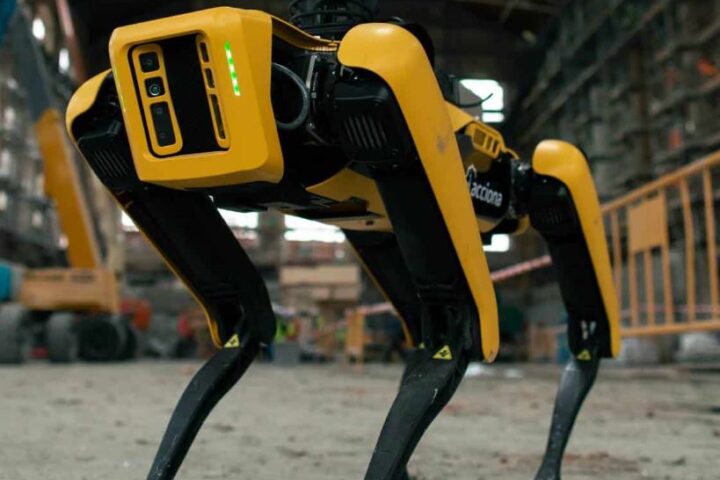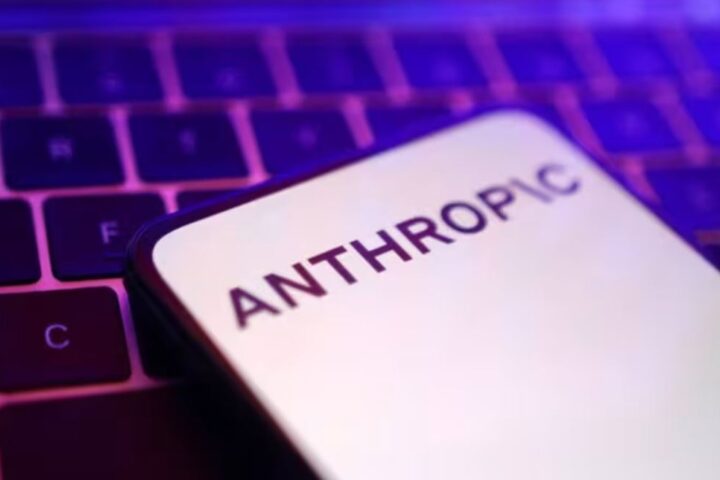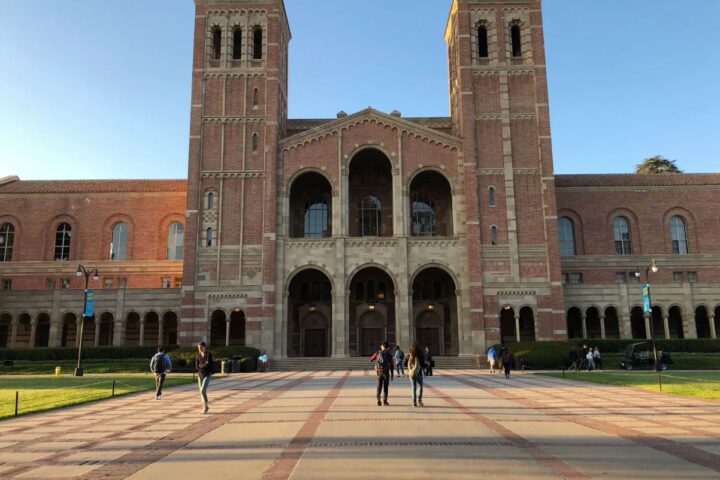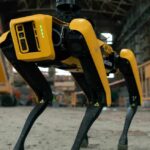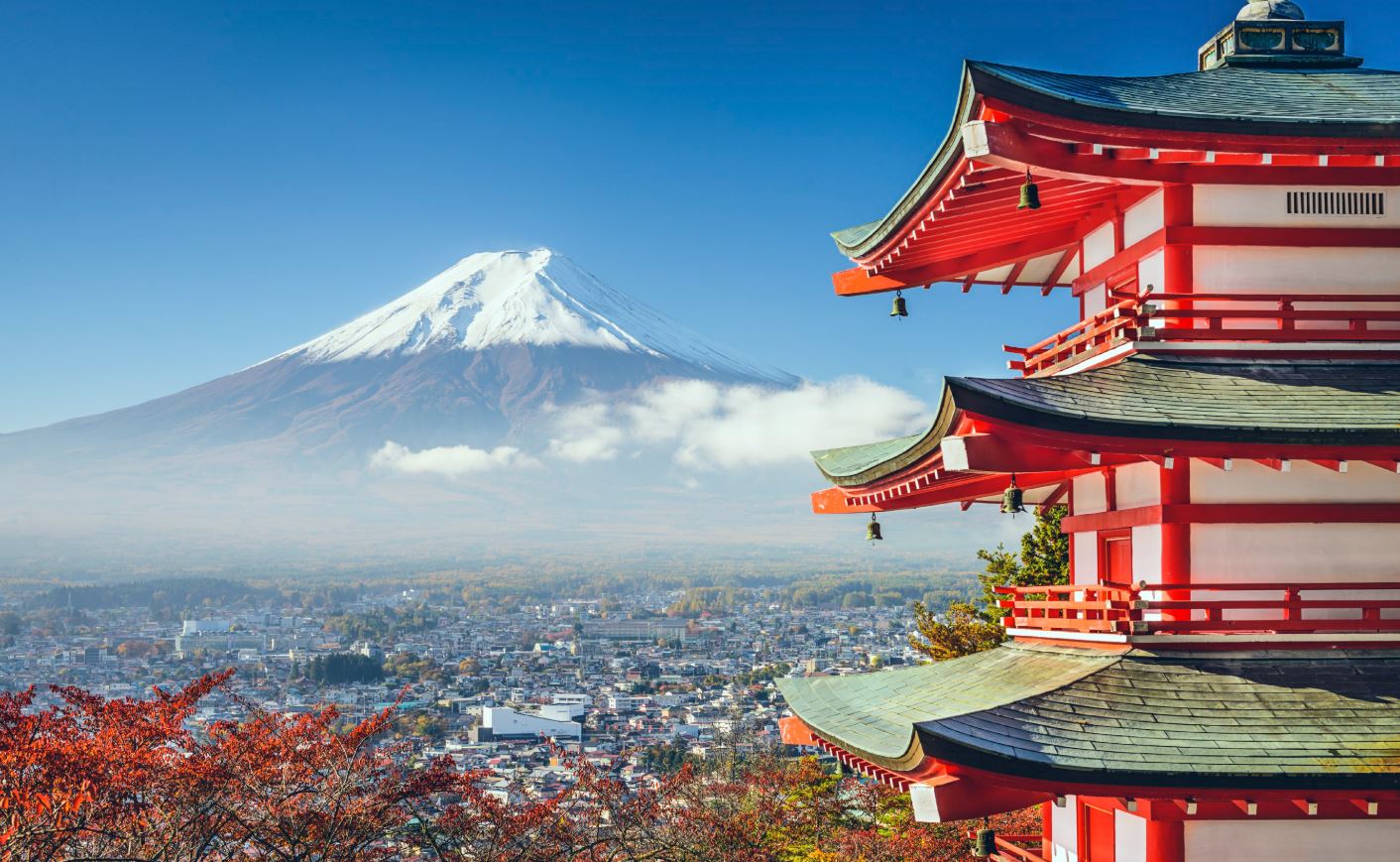 For the first time since 1707, AI is giving us a realistic preview of what a Mount Fuji eruption might entail. The Tokyo Metropolitan Government has released simulations designed to help the 37 million residents of the city prepare with solid, actionable insights.
For the first time since 1707, AI is giving us a realistic preview of what a Mount Fuji eruption might entail. The Tokyo Metropolitan Government has released simulations designed to help the 37 million residents of the city prepare with solid, actionable insights.
In one striking video, volcanic smoke from Mount Fuji sweeps into central Tokyo—located just 60 miles away—in a matter of hours. The simulation vividly illustrates issues such as halted transport, interrupted food and power supplies, and long-term respiratory challenges. While the visuals are dramatic, officials stress there’s no immediate threat; the aim is to equip you with facts for emergency planning.
Reactions among residents have been varied. Hiromi Ooki from Mishima City, who enjoys an unobstructed view of the iconic peak, believes that a little scare can serve as a useful reminder of nature’s might. Others, like Shinichiro Kariya, remain cautiously sceptical about the sudden focus on potential ash fallout in Tokyo.
Naoya Sekiya, a risk communication expert at the University of Tokyo, noted that such simulations are a longstanding part of Japan’s disaster preparedness. Whether it’s earthquakes, typhoons, or volcanic eruptions, these models have helped shape practical strategies for public safety for years.
Mount Fuji, Japan’s highest and still-active volcano, last erupted over 300 years ago during the Hoei eruption, which blanketed Edo in ash. Given Japan’s position on the Pacific ‘Ring of Fire’—an area with heightened seismic activity—remaining vigilant is essential. Recent events, including last year’s offshore tremor near Kyushu, underscore the importance of being well-prepared for even unlikely scenarios.
By integrating AI into disaster planning, officials are encouraging practical measures such as stocking up on essentials, knowing your evacuation route, and keeping alert. Whether these simulations leave you with a sense of unease or reassurance, they serve as a powerful tool to help communities stay informed and ready for any eventuality.


